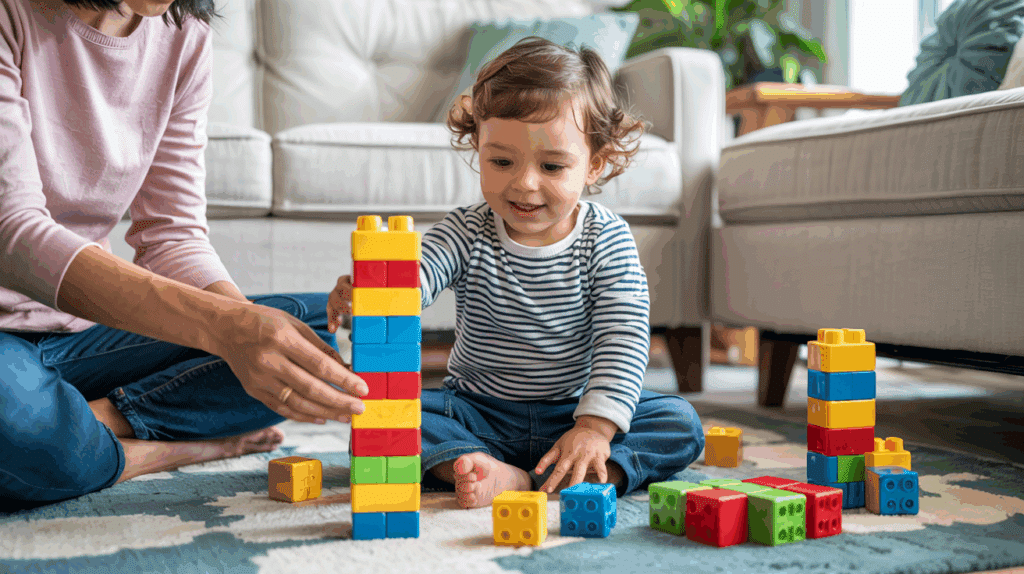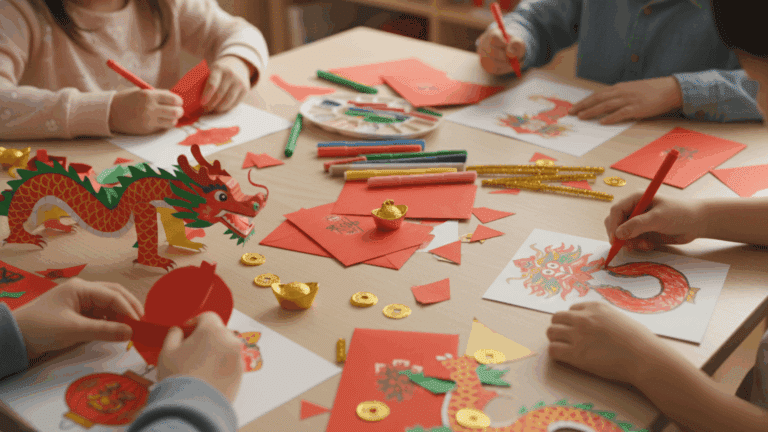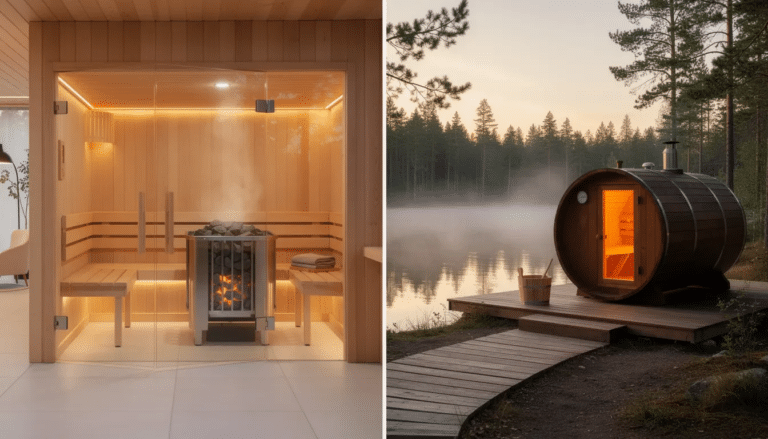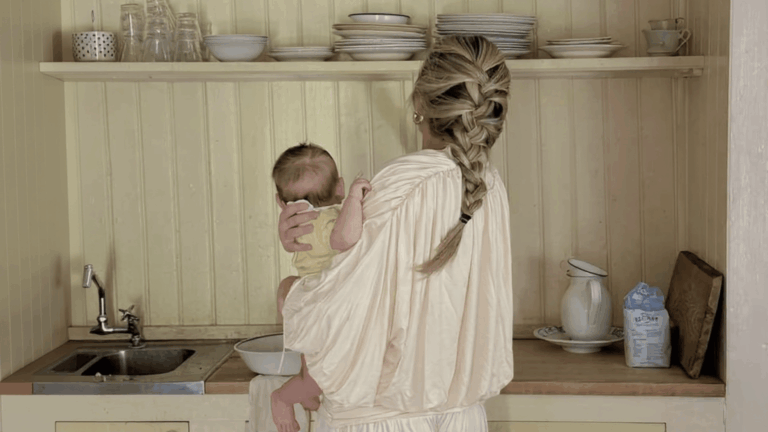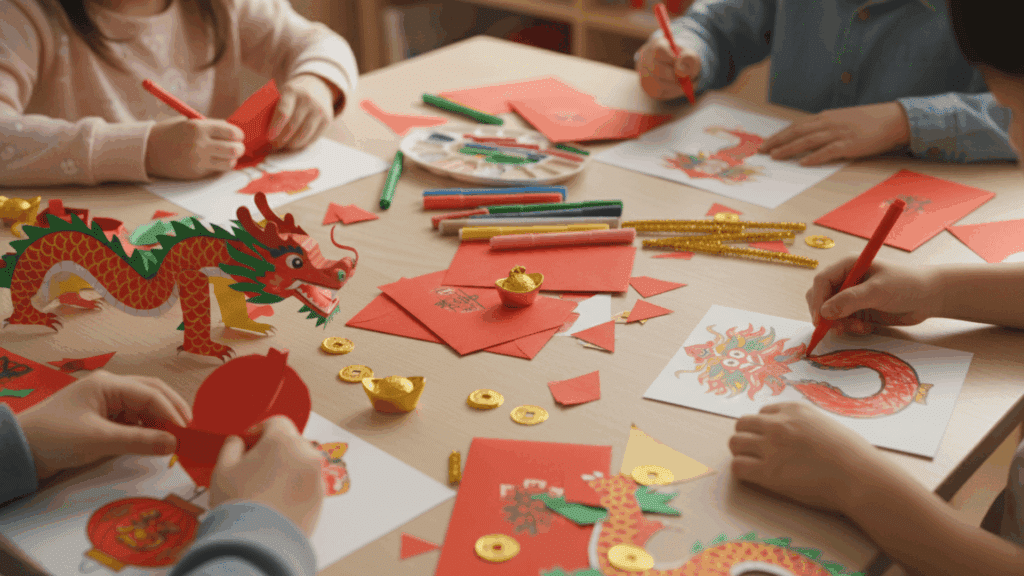Toddlers dash around the house with boundless energy that seems impossible to contain. Parents often struggle with keeping their little ones busy without resorting to screens. This daily challenge leaves many feeling tired and out of ideas.
What if there were simple ways to engage toddlers that don’t require buying expensive toys or planning complex activities? Busy parents need quick, effective solutions for those moments when nothing seems to work.
Knowing how to entertain a 2-year-old can change chaotic days into fun, educational experiences. The right activities stimulate development while giving parents much-needed breathing room.
This guide shares tested methods that work for real families. Keep reading to find practical ideas that will keep toddlers occupied and help parents maintain their sanity!
Why Is Entertainment Important for a 2-Year-Old?

Entertainment does more than just keep toddlers busy, it plays a crucial role in their development during this important stage.
- Brain development: At age two, children’s brains form connections at an amazing rate, and play activities help build these neural pathways.
- Physical growth: Moving, climbing, and handling objects helps toddlers build muscles and improve coordination as they learn to control their bodies.
- Language skills: Fun activities give children chances to hear new words, try speaking, and connect actions with language in natural settings.
- Social abilities: Even simple games teach toddlers about taking turns, sharing, and reading facial expressions; building blocks for future friendships.
- Emotional health: Play lets toddlers express feelings safely and learn to handle small frustrations, which builds their emotional toolkit for life.
Finding creative ways on how to entertain a 2-year-old doesn’t just fill time; it lays the foundation for learning and growth that will benefit them for years to come.
How to Entertain a 2-Year-Old at Home: Creative Games

Finding simple ways how to entertain a 2-year-old at home can be a lifesaver for parents and caregivers during long days indoors.
1. Indoor Obstacle Course
Turn your living room into a fun challenge zone with pillows, cushions, and boxes for crawling and climbing.
- What you’ll need: Sofa cushions, pillows, small boxes, blankets.
- How to play: Set up a path with items to climb over, crawl under, and walk around. Show your child how to move through it.
- Safety tips: Make sure all items are stable and soft. Stay close to spot them as they climb.
2. Sensory Rice Bin
A simple bin filled with rice provides hours of scooping, pouring, and texture play.
- What you’ll need: Large plastic container, uncooked rice, small cups, spoons.
- How to play: Fill the container with rice and let your child scoop, pour, and feel the texture.
- Safety tips: Watch closely to prevent rice from going into mouth or nose. Use on a sheet for easier cleanup.
3. Bubble Bath Art
Make bath time more fun with washable paints they can use on the tub walls.
- What you’ll need: Washable bath paints, bath toys, warm water.
- How to play: Let your child paint on the tub walls and wash away the art with water.
- Safety tips: Never leave your child alone in the bath. Use non-toxic, washable paints made for bathing.
4. Cardboard Box Town
Reuse delivery boxes to create a play town with roads and buildings.
- What you’ll need: Various cardboard boxes, markers, tape.
- How to play: Cut doors and windows in boxes, then help your child color them to make houses and shops.
- Safety tips: Check for staples in boxes. Round off any sharp corners with tape.
5. Dance Party
Put on some music and have a fun dance session with simple moves to follow.
- What you’ll need: Music player, upbeat songs, space to move.
- How to play: Play music and show simple dance moves like jumping, twirling, or clapping.
- Safety tips: Clear the area of tripping hazards. Keep volume at a moderate level.
6. Water Play Tray
Set up a water tray with cups and toys for splashing fun without a full bath.
- What you’ll need: Low, wide container, water, cups, bath toys.
- How to play: Fill the container with a small amount of water and add toys for pouring and splashing.
- Safety tips: Use just an inch of water. Place on floor with towels underneath. Never leave unattended.
7. Ball Rolling Track
Create slopes with household items for balls to roll down and into targets.
- What you’ll need: Cardboard tubes, books, small balls, containers as targets.
- How to play: Make ramps with books and tubes. Show how to roll balls down to hit targets.
- Safety tips: Use balls larger than a golf ball to prevent choking hazards.
8. Shadow Puppets
Use a flashlight to make simple shadow shapes on the wall during quiet time.
- What you’ll need: Flashlight, white wall or sheet, your hands.
- How to play: Shine the light on a wall and show how to make hand shapes that cast fun shadows.
- Safety tips: Use battery-powered flashlights, not candles. Avoid looking directly at bright lights.
9. Sticky Wall
Create a contact paper wall where items stick and can be removed over and over.
- What you’ll need: Contact paper, tape, lightweight toys, fabric scraps.
- How to play: Tape contact paper to the wall sticky side out, then offer items to place and remove.
- Safety tips: Secure all edges of contact paper. Avoid items with small parts.
10. Indoor Picnic
Change up lunch time with a special picnic setup in an unusual spot at home.
- What you’ll need: Blanket, finger foods, sippy cup, stuffed animals as guests.
- How to play: Spread a blanket in the living room or under a table fort and have lunch with toys.
- Safety tips: Choose foods that aren’t choking hazards. Avoid messy foods on carpets.
11. Laundry Basket Rides
Turn a laundry basket into a pretend car, boat, or train for imaginative play.
- What you’ll need: Sturdy laundry basket, blanket, stuffed animals.
- How to play: Place your child in the basket with some toys and pull them gently around the house.
- Safety tips: Only on carpet or soft flooring. Never leave a child in a basket unattended.
12. Pots and Pans Band
Create a kitchen band with safe cooking items and wooden spoons.
- What you’ll need: Plastic bowls, pots, wooden spoons, pot lids.
- How to play: Set up the items and show how different ones make different sounds when tapped.
- Safety tips: Avoid glass items or heavy metal pots that could cause injury.
13. Color Sorting Game
Use colored containers and matching items for a simple sorting activity.
- What you’ll need: Colored bowls or cups, items in matching colors.
- How to play: Show how to place each item in the matching colored container.
- Safety tips: Use items larger than a toilet paper tube to avoid choking hazards.
14. Indoor Camping
Set up a pretend campsite with a blanket tent and flashlights.
- What you’ll need: Blankets, chairs to drape them over, pillows, flashlight.
- How to play: Create a simple tent and read books or tell stories inside with a flashlight.
- Safety tips: Ensure furniture used for the tent structure is stable and won’t tip over.
15. Tissue Box Pull
Fill an empty tissue box with scarves or strips of fabric for pulling fun.
- What you’ll need: Empty tissue box, colorful scarves or fabric strips.
- How to play: Stuff the items into the box and show how to pull them out one by one.
- Safety tips: Avoid strings or ribbons that could wrap around neck or fingers.
Learning how to entertain a 2-year-old doesn’t have to be complicated; these simple activities use items you likely already have at home and can be set up in minutes.
Interactive Outdoor Activities for Your 2-Year-Old to Enjoy

When the weather is nice, heading outside is one of the best ways how to entertain a 2-year-old while helping them burn energy and learn about nature.
16. Nature Scavenger Hunt
Turn a simple walk into an exciting search for common outdoor items like leaves, rocks, and flowers.
- What you’ll need: Small bag or bucket, list of nature items (visual for toddlers).
- How to play: Show your child pictures of items to find, then help them collect each thing.
- Safety tips: Check for sharp objects in search areas. Wash hands after handling outdoor items.
17. Sidewalk Chalk Art
Let your toddler create colorful drawings on the driveway or sidewalk with thick, easy-to-hold chalk.
- What you’ll need: Chunky sidewalk chalk, paved area, wet sponge for cleanup.
- How to play: Draw simple shapes first, then let your child scribble and create freely.
- Safety tips: Choose a flat area away from roads. Use non-toxic chalk made for children.
18. Puddle Jumping
After a rainy day, put on boots and find small puddles for splashing fun.
- What you’ll need: Rain boots, waterproof clothing, towel for after.
- How to play: Show your child how to jump into small puddles. Count jumps together.
- Safety tips: Check puddle depth first. Avoid puddles near roads or with murky water.
19. Bubble Chase
Blow bubbles for your toddler to chase and pop in an open outdoor space.
- What you’ll need: Bubble solution, bubble wand, open grassy area.
- How to play: Blow bubbles in different directions and encourage your child to catch them.
- Safety tips: Use child-safe bubble solution. Keep solution container out of reach.
20. Water Painting
Give your child a brush and bucket of water to “paint” on fences, walls, and sidewalks.
- What you’ll need: Large paintbrush, small bucket of water, dry outdoor surface.
- How to play: Show how water makes marks that disappear as they dry. Let them create freely.
- Safety tips: Fill bucket with minimal water. Watch for slippery areas as they paint.
21. Leaf Pile Play
Rake fallen leaves into a small pile for jumping, throwing, and sensory play.
- What you’ll need: Rake, yard with fallen leaves, camera for cute photos.
- How to play: Make a small pile and show your child how to jump in, throw leaves, or bury toys.
- Safety tips: Check pile for sticks or other hidden objects. Avoid moldy or wet leaves.
22. Sand Digging
Set up a small sand area with tools for digging, pouring, and building.
- What you’ll need: Small sandbox or tub, clean play sand, plastic cups and shovels.
- How to play: Demonstrate scooping, pouring, and making simple mounds. Let them explore.
- Safety tips: Cover sand when not in use. Wash hands after play. Keep sand away from eyes.
23. Toy Car Wash
On a warm day, set up a station to wash toy cars or plastic toys with soapy water.
- What you’ll need: Washable toys, small tub, mild soap, sponges, towel.
- How to play: Fill a tub with soapy water and show how to scrub toys clean with a sponge.
- Safety tips: Use a small amount of water. Supervise to prevent drinking soapy water.
24. Seeding and Watering
Let your toddler help plant seeds or water plants in the garden or pots.
- What you’ll need: Child-sized watering can, hardy plants or seeds, small garden tools.
- How to play: Help them scoop soil, drop seeds, or pour water on plants. Explain what helps plants grow.
- Safety tips: Choose non-toxic plants. Supervise use of tools. Wash hands after gardening.
25. Ball Kick and Chase
Roll or kick a ball back and forth in an open space for active play.
- What you’ll need: Soft, larger-sized ball, open grassy area.
- How to play: Sit facing each other and roll the ball. Progress to standing and gentle kicking.
- Safety tips: Use a soft ball. Play away from streets, stairs, or water features.
Finding the right outdoor activities for how to entertain a 2-year-old not only helps them burn energy but also builds their connection to the natural world while developing important motor skills.
Wrapping It Up
Keeping a 2-year-old engaged doesn’t need fancy toys or complex plans. The simple activities we’ve shared use everyday items while supporting key development skills.
By watching your child’s cues and trying different options, you’ll soon build a personal toolkit of reliable activities.
Remember that what works today might not work tomorrow as toddlers grow and change quickly. The goal isn’t perfect entertainment but creating moments of connection and learning.
What creative ways have you found to entertain a 2-year-old in your life? Share your successes (and funny failures!) in the comments below. Your unique ideas might be exactly what another tired parent needs to try tomorrow!


